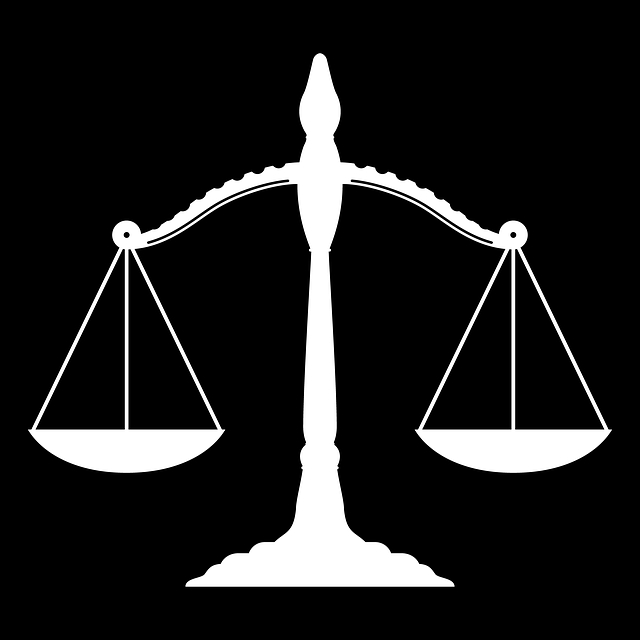Navigating healthcare's complex employment landscape demands understanding crucial regulations like HIPAA and ADA to prevent discrimination, harassment, or wrongful termination. This section provides a detailed guide on How to Report Employment Law Violations, focusing on documentation, authority reporting, and engaging legal counsel for compliance. Meticulous detail and strategic planning are essential to protect organizations from severe consequences and foster a safe work environment. Effective reporting involves identifying violations, gathering evidence, choosing the right reporting channel (internal or external), and maintaining organized, chronologically-ordered documents, including medical records. This process is crucial for ethical practices, patient rights protection, and achieving positive outcomes in high-stakes cases.
In the intricate web of healthcare operations, understanding the legal landscape is paramount for both employees and employers. This article navigates the critical components of healthcare employment law, focusing on identifying unfair treatment and reporting violations effectively. We demystify the process, from recognizing violative acts to documenting evidence, empowering individuals to protect their rights. Learn practical steps on how to report employment law violations in healthcare, ensuring a safer, more compliant work environment.
- Understanding Healthcare Legal Landscape: Employment Law Basics
- Identifying Violations: What Constitutes Unfair Treatment?
- Reporting Process: Steps to Ensure Effective Communication
- Documenting Evidence: Gathering Facts and Records
- Protecting Yourself: Rights and Responsibilities of Employees and Employers
Understanding Healthcare Legal Landscape: Employment Law Basics

Navigating the healthcare industry involves understanding a complex web of regulations and laws, particularly when it comes to employment practices. Employment law is a cornerstone of any organization’s legal strategy, especially in healthcare where compliance can mean the difference between success and unprecedented track record. Issues such as discrimination, harassment, and wrongful termination are common concerns, necessitating a thorough grasp of federal and state statutes like the Health Insurance Portability and Accountability Act (HIPAA) and the Americans with Disabilities Act (ADA).
Knowing how to report employment law violations is crucial for healthcare workers and institutions. This process involves documenting incidents, reporting them to relevant authorities, and often engaging legal counsel to ensure compliance and avoid indictment. High-stakes cases in this sector demand meticulous attention to detail and strategic planning, as the consequences can be severe. By mastering these fundamentals, healthcare providers can foster a safe working environment and protect their organization from potential legal pitfalls.
Identifying Violations: What Constitutes Unfair Treatment?

In the context of healthcare, identifying violations of employment law, particularly unfair treatment, is paramount for maintaining ethical practices and safeguarding patient rights. Unfair treatment can manifest in various forms, including discrimination based on race, gender, or disability, as well as retaliation against employees who report concerns or exercise their legal rights. Recognizing these violations is crucial for both corporate and individual clients, ensuring a safe and respectful work environment.
Understanding how to report employment law violations effectively is essential. Employees should be encouraged to document incidents, gather evidence, and consult with legal professionals specializing in healthcare law. By promptly reporting these issues, individuals can help avoid indictment and foster positive change within their organizations, ultimately promoting compliance and fairness for all stakeholders involved.
Reporting Process: Steps to Ensure Effective Communication

Reporting employment law violations is a crucial process that requires clear communication to ensure swift resolution. When an employee suspects a violation of their legal rights, understanding the reporting steps is essential for effective action. Firstly, identify the specific violation; this could range from discrimination and harassment to unfair termination or wage disputes. Once identified, gather evidence, including any relevant documents, emails, or witness statements that support your case.
Next, decide on the appropriate channel to report. Many organizations have internal reporting mechanisms in place, encouraging employees to raise concerns through designated HR representatives or compliance officers. Alternatively, employees can file a formal complaint with regulatory bodies responsible for employment law enforcement. The process may involve submitting a detailed description of the violation, supporting evidence, and any relevant timelines. Effective communication during this stage ensures that the necessary actions are taken promptly, increasing the chances of winning challenging defense verdicts and resolving the issue, whether through settlement or jury trials in severe cases, such as white-collar and economic crimes.
Documenting Evidence: Gathering Facts and Records

When it comes to healthcare legal issues, documenting evidence is a crucial step in navigating employment law violations. The first step is gathering facts and records related to the alleged violation. This includes reviewing any relevant policies and procedures within the respective business, examining communication logs, and collecting statements from witnesses or affected individuals. It’s essential to maintain detailed notes and organize these materials chronologically for a clear understanding of events.
Effective documentation involves preserving digital and physical records equally. Emails, text messages, and other forms of electronic communication can serve as powerful evidence. Additionally, ensuring the accuracy of medical records is paramount, as they often play a central role in legal proceedings, including potential jury trials. The goal is to present a comprehensive and objective account, which may lead to the complete dismissal of all charges, should the case progress that far.
Protecting Yourself: Rights and Responsibilities of Employees and Employers

In the high-stakes world of healthcare, understanding your rights and responsibilities is crucial to protecting yourself against potential legal issues. Employees and employers alike must be vigilant in navigating employment laws to ensure a fair and safe working environment. Healthcare professionals should be well-versed in their rights when it comes to reporting any violations or concerns regarding patient care, ethical practices, or workplace conditions. Knowing how to report employment law violations can significantly contribute to achieving extraordinary results in high-stakes cases.
Employers have the duty to maintain a positive and legal work environment by adhering to an unprecedented track record of compliance. They must establish clear communication channels for employees to voice their concerns without fear of retaliation. By fostering an open culture, employers can proactively address issues before they escalate into legal matters. Conversely, employees should document incidents, gather evidence, and report violations promptly through the appropriate channels, ensuring a thorough and transparent process.
Understanding healthcare’s complex legal landscape is crucial for both employees and employers. By familiarizing themselves with employment law basics, recognizing unfair treatment, and knowing the reporting process, individuals can effectively navigate potential violations. Documenting evidence thoroughly is key to ensuring successful outcomes. Armed with this knowledge, employees can protect their rights while employers foster a fair and compliant work environment, ultimately revolutionizing healthcare’s legal issues.






